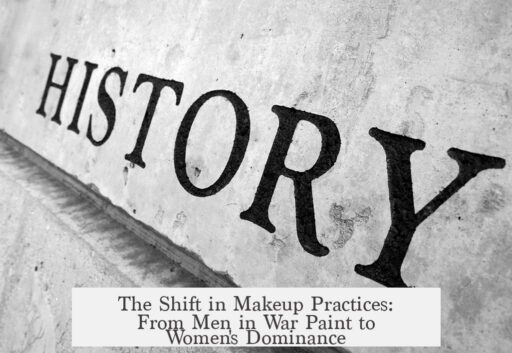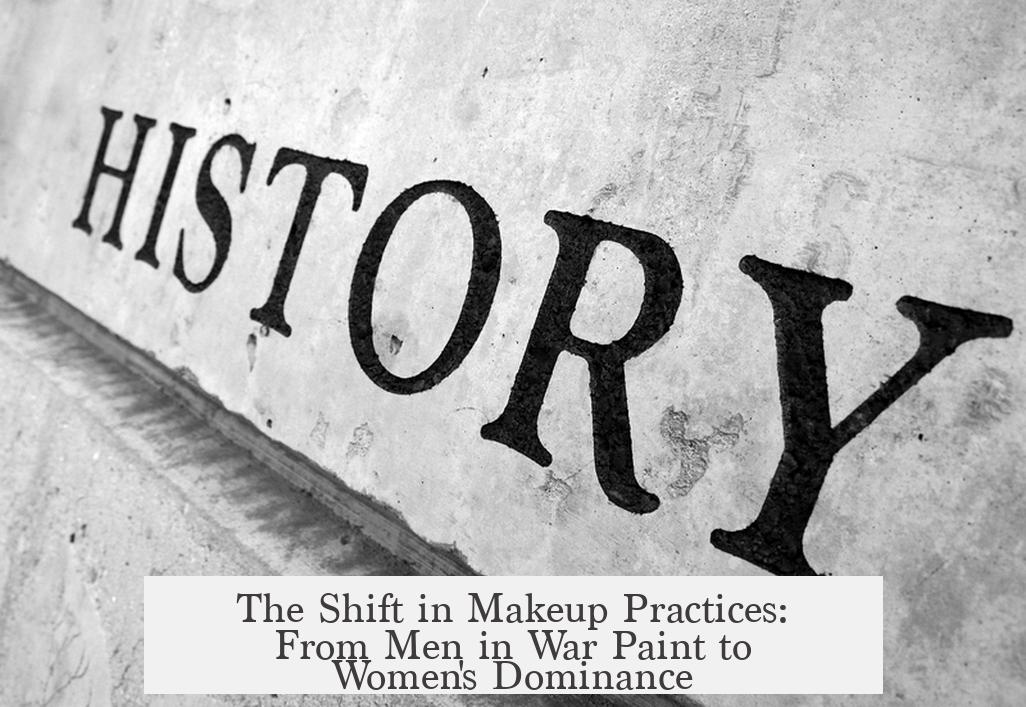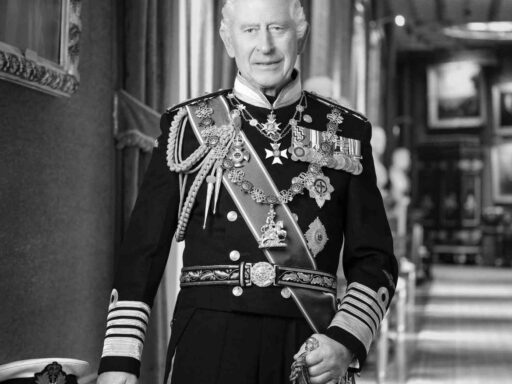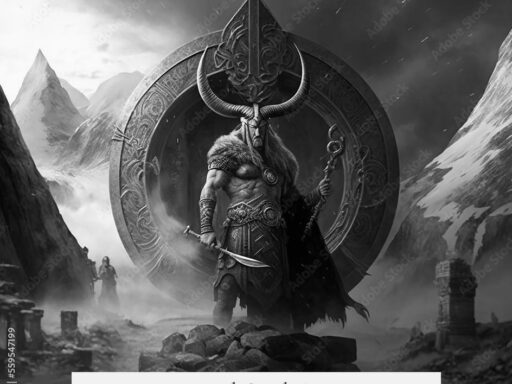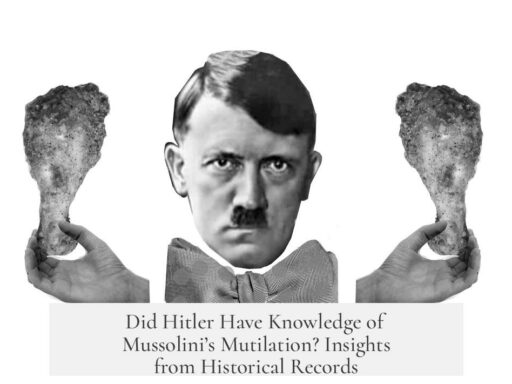Makeup became a mostly-female practice due to shifting cultural norms and gender roles over centuries. Historically, both men and women used cosmetics for various reasons, including aesthetics, social status, and performance. Men’s makeup use declined in many societies, especially in the Western world, by the 19th century, coinciding with changing ideas of masculinity and social propriety. Women embraced makeup more visibly from the 1920s onward, linking it with new social freedoms and identity expressions.

Cosmetic use has fluctuated for men and women throughout history. In many ancient cultures, makeup was not gender-exclusive. For instance, Ancient Egyptians of both sexes adorned themselves with kohl eyeliner and henna. Makeup had practical and symbolic meanings, such as protection and social distinction.
In classical cultures, men applied cosmetics for rituals, battles, and performances. War paint is a familiar example of men using pigments to convey strength, intimidate opponents, and mark identity. Beyond war, theatrical makeup was widely adopted by performers of all genders globally, including some acknowledged third-gender groups. This theatrical tradition continues today.
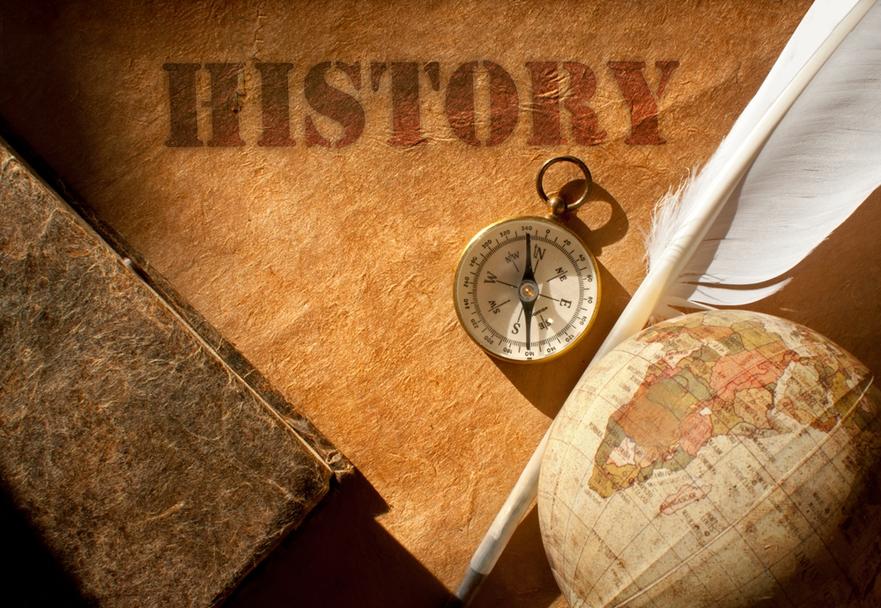
In more recent Western history, especially the 18th century, makeup was common among men and women of the upper classes. Men wore powdered white faces, rouge on the cheeks, lipstick, and even applied artificial beauty marks. Wigs and elaborate dress completed the fashionable look. This style signified social status and adherence to courtly trends.
However, major political events such as the French Revolution changed perceptions radically. The ostentatious makeup and fancy dress of aristocratic men became associated with decadence and the old regime. Following this, men’s use of cosmetics sharply declined as the new social order favored simplicity and austerity. This rejection alongside evolving gender roles started associating makeup mainly with women.
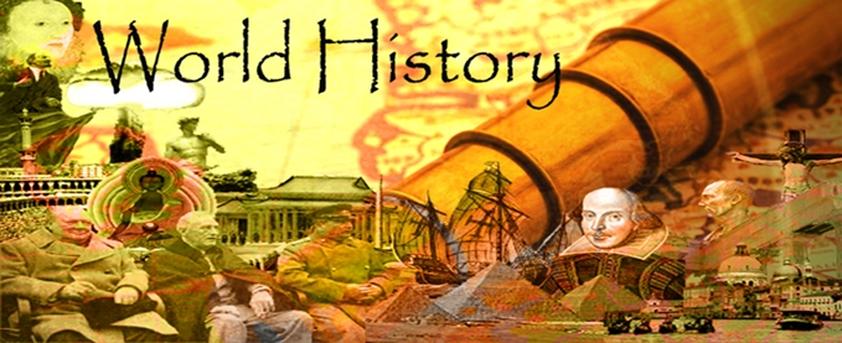
The 19th century cemented this divide. For men, the ideal became a natural, unadorned look. Beard shaving was common to maintain a neat and modern appearance—an effort to polish the self without visible makeup. Meanwhile, women’s makeup use diminished socially, except for actresses and prostitutes. It was morally suspect for respectable women to wear obvious cosmetics during Victorian times.
During the early 20th century, makeup use among women surged again, linked with women’s liberation and the suffragette movement. Women wearing lipstick became a symbol of empowerment and rebellion against restrictive norms. This cultural shift expanded cosmetic availability and acceptance, positioning makeup as an important feminine practice.
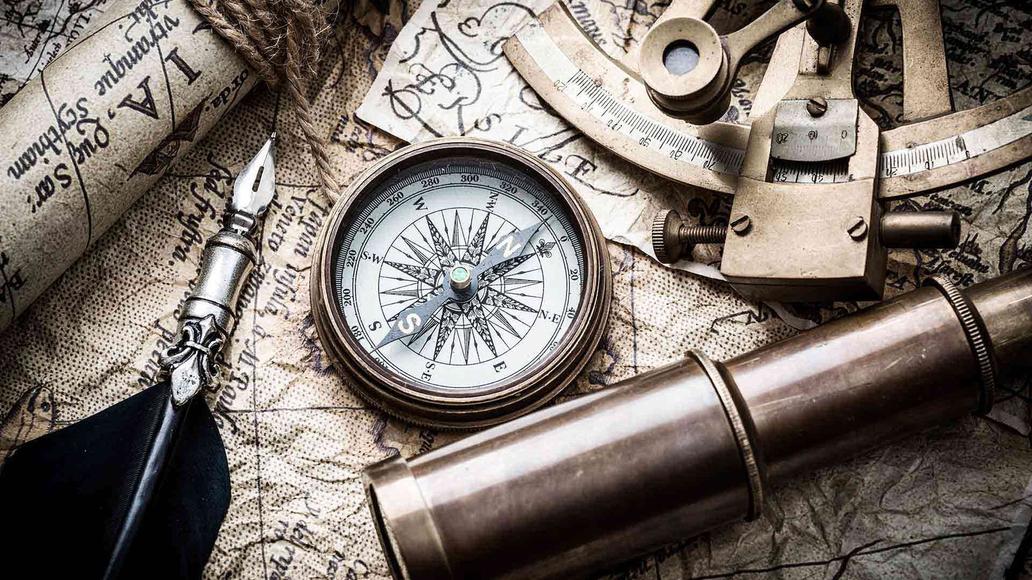
Meanwhile, men’s makeup did not completely vanish worldwide. In some non-Western contexts, men continue using cosmetics subtly. For example, modern Korean men often wear eyeliner or tinted products to enhance appearance. In parts of India like Rajasthan, men may wear facial makeup and jewelry as cultural expression.
Notably, cosmetics for men still exist in specialized contexts such as theater, film, and fashion. These uses maintain a historical continuity of men’s cosmetic adornment but are exceptions rather than the norm in daily life.

| Period/Culture | Men’s Makeup Use | Women’s Makeup Use |
|---|---|---|
| Ancient Egypt | Kohl eyeliner, henna for both genders | Shared traditional use |
| 18th Century Western | Powder, rouge, lipstick common among aristocratic men | Similar elaborate use |
| Post-French Revolution | Sharp decline in men’s makeup | Limited, mostly prostitutes and actors |
| 19th Century (Victorian) | Natural appearance, beard shaving favored | Makeup scorned except on stage and sex workers |
| 1920s Western | Rare, some resurgence linked to fashion | Strong re-adoption tied to women’s liberation |
| Modern Non-Western Examples | Subtle makeup (Korean, Indian men) | Common practice globally |
In summary, makeup’s gender association became mostly female due to social, political, and cultural shifts. Male cosmetic use once signaled status, power, or ritual. Industrialization, changing ideals of masculinity, and moral views pushed makeup out of men’s mainstream fashion in the West. Women’s makeup use rose as a form of expression and social identity during the 20th century. Today, subtle male cosmetic use is growing in some cultures, and theatrical or fashion contexts persist globally.
- Both men and women historically wore makeup across cultures.
- Men’s makeup declined sharply in the Western world after 18th century.
- Political and social changes associated cosmetic use with femininity.
- Women’s makeup use resurged in the 20th century linked with emancipation.
- Modern subtle male makeup use exists mainly in non-Western cultures and specific industries.
How Did Makeup Become a Mostly-Female Practice? Didn’t Men Wear Makeup, Like War Paint?
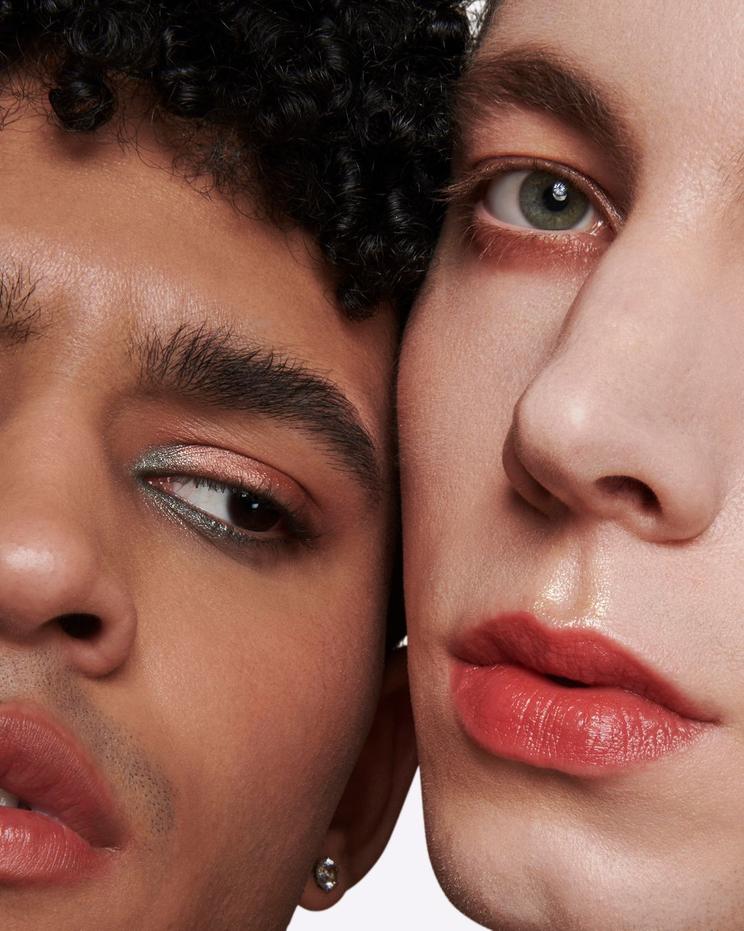
Yes, men did wear makeup historically, but social shifts over centuries turned it mostly into a female habit. Makeup was never always “women’s business.” Men painted faces too, with many fascinating reasons behind it. Let’s break down how makeup shifted from a shared cultural practice to mostly feminine territory.
Men and Makeup: A History of Shared Facial Flair
Jump back thousands of years, and ancient men definitely used makeup. Take Ancient Egypt, for instance: Both men and women donned kohl around their eyes to reduce glare and repel infections. They also used henna for their hair — boss-level style! This shows early makeup wasn’t about gender but utility and status.
Wanna spice it up? The Kama Sutra even advises men on applying collyrium to eyelids and lips, along with perfumes and ornaments for a polished look. This sensual grooming wasn’t some secret, but a part of daily life. Can you imagine a modern dude consulting a sex manual for makeup tips? Vintage cool, right?
Fast forward to the 18th century Western world—think powdered wigs, white faces, and rouge—men and women flaunted artificial looks. Aristocrats of both sexes sported elaborate makeup to signal class and fashion. Men’s cosmetics weren’t just about charm; they represented power and political alignment.
War Paint and Beyond: Masculine Makeup Rituals
War paint—often linked to Native American cultures and others—was a literal battle makeup. It was less about beauty and more about intimidation, spiritual protection, or tribal identity. But it’s undeniably a form of cosmetics, isn’t it? Men have long turned to facial embellishment to convey meanings beyond “looking nice.”
Men also intrigued themselves with shaving styles historically. While not strictly makeup, beard shaving is a cosmetic practice, altering appearance to align with fashion ideals. Modern gentlemen shave or groom beards to look younger or more professional—cosmetics with razors!
The Turning Point: 19th Century and Victorian Sensibilities
Here’s where things get interesting. Around the 19th century, tastes changed drastically in favor of a “natural” look. Men abandoned obvious makeup for a cleaner, less adorned facial game. Women, on the other hand, shifted towards subtlety—minimal rouge or powder, but overt makeup was frowned upon.
Victorian society saw makeup as improper for respectable women. In fact, it was linked almost entirely with actresses and prostitutes—a tough label to shake off. This stigma created a double standard: men dropped makeup entirely, and women hid their use or bore social scorn.
How Social Revolutions Reclaimed Cosmetics for Women
The 1920s roar brought back dramatic makeup, but almost exclusively for women. Here’s the plot twist: Women’s suffrage and liberation movements made lipstick a bold statement, not just a beauty tool. Wearing lipstick became a kind of symbol of freedom, rebellion, and identity, popularized by flappers and feminist icons.
The cosmetics industry exploded globally during this time, fueled by the demand for products targeted at women. What had been a small, mostly French sector turned into a billion-dollar market, and this commercial spotlight cemented makeup as a female-focused practice in the public eye.
Exceptions in Modern Times: Men and Subtle Makeup Today
But let’s not forget—male makeup never vanished entirely. In modern Korea, for example, it’s normal for men to dab on eyeliner or BB cream. This isn’t a rare trend but part of everyday grooming. Similarly, in certain Indian regions like Rajasthan, men wear nose rings and sometimes subtle makeup for cultural, social, or aesthetic reasons.
These examples remind us that cultural norms are flexible, not universal. Makeup doesn’t have to be a gendered tool; it can be a form of personal expression, whichever gender you identify with.
Why Did Makeup Shift from Both Genders to Mostly Female? Some Reasons
- Fashion and Politics: The French Revolution rejected royal excess, which involved men’s flashy makeup. This sparked a taste for simpler male looks in the West.
- Morality and Social Codes: Victorian values linked makeup on women to immorality, which paradoxically kept men further from cosmetic use to be seen as respectable.
- Commercial Targeting: Industries marketed cosmetics heavily to women, creating gendered associations that stuck.
- Functional Differences: Men had other grooming methods, like shaving, seen as masculine beauty routines aligned with changing societal norms.
Can We Expect a Makeup Renaissance for Men?
With changing norms and inclusive beauty movements, men’s makeup use is creeping back into mainstream acceptance. Why not? Makeup’s original purpose was self-expression and practicality. The old divide is fading, even if fashion cycles are stubborn.
So next time you question why makeup feels like a “women’s thing,” remember: history laughs at that idea. Both men and women have decked out their faces for centuries, for power, beauty, ritual, and rebellion. Maybe makeup just needs to remind us all: it’s for whoever wants to wear it.
“Makeup isn’t about gender; it’s about face-value.” – A modest history nerd, somewhere
